
Little Liuqiu, Taiwan coral island teeming with turtles, temples and fantastical banyan trees
- The island’s green turtle population and coral reefs are recovering thanks to conservation legislation, and you can get up close with the big beasts on a dive
- It’s a place with a gory history – half its inhabitants were slaughtered and the rest enslaved by the Dutch East India Company in the 17th century
It’s the fourth day of the fifth lunar month and dragon boats are being readied alongside the jade waters of Donggang River, in Pingtung County, southwest Taiwan. Tents have been erected to shade spectators from the sun while a fair in a nearby park is preparing for days of festivities.
“Want a balloon, foreign friend?” asks a sun-bronzed vendor. “Bendi xia hao chi,” suggests a smiling cook, waving barbecued shrimp in my direction.
Firecrackers explode outside the 300-year-old Dong Long Temple, a block away, dispersing bulbuls and quelling their morning song. The temple is dedicated to Wang Ye, a virtuous Tang dynasty intellectual turned Taoist saint from Shandong province. He owes his popularity to the southern Taiwanese, who consider him a divine emissary, the expeller of privation and disease.
There’s been a harbour in Donggang since at least the 17th century, its construction ordered by the Ming-loyalist Koxinga, who ousted the Dutch from Taiwan. But little of that history is evident in the modern ferry terminal I’m directed to, just beyond Huaqiao Fish Market, to catch a boat to Little Liuqiu Island, a 6.8 sq km coral atoll 30 minutes away.
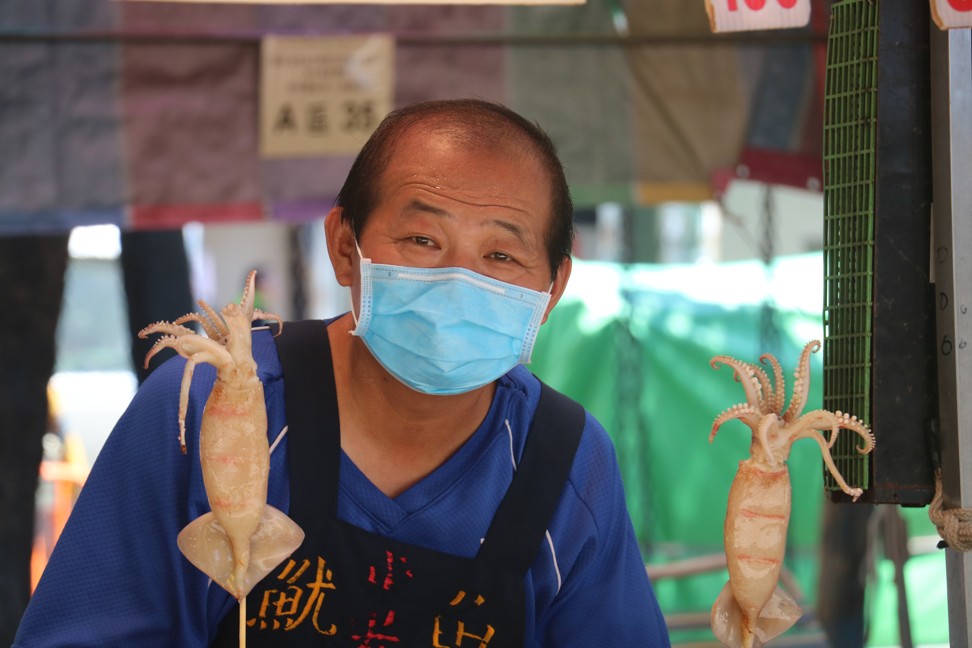
A bright-eyed student sitting beside me on the ferry explains where “big Liuqiu” has got to. “That’s Taiwan island. Before it was known as Formosa, or anything else, it was called Liuqiu,” she says.
She’s not entirely correct, though. I look it up later and discover Liuqiu was a Tang dynasty name for an indistinct land lying somewhere in the mysterious Eastern Sea: “The country of Liuqiu is situated amidst islands in the sea,” according to the 7th century Book of Sui. “The people have deep eyes and long noses, seeming to be rather akin to barbarians, and are possessed of petty cleverness.”
These “barbarians”, as the ancient Chinese tended to dub more or less everyone but themselves, were truly brutal, which Dutch sailors found to their grave misfortune. Having run aground off Little Liuqiu in 1622, the Europeans were slaughtered by the aboriginal Siraya people. A similar incident in 1631 also met a fatal end. The Dutch East India Company retaliated in 1636, in what became known as the Liuqiu Island Massacre, slaying half of the island’s inhabitants and enslaving the others.
Three centuries ago, Hokkien fishermen fleeing the turmoil of Qing China sailed across the strait. Their arrival on Little Liuqiu sowed the seeds of a community that now numbers about 12,000 souls, most of whom live and work in the northeast of the island, around Baisha Tourist Harbour. Ten surnames are shared by the islanders, spread throughout five village districts and all bearing the “Fu” suffix. The character signifies “fortune” and recalls the Fu of Fujian, from where their ancestors set sail.
I must appear lost as I negotiate the morning Baisha harbour crowd. A wrinkled lady wearing a pink sun hat asks, with cool familiarity, “Hey foreigner, what are you looking for?”
Her name is Cai Jinzhu, or A’Zhu. “I have lived here all my life,” she says. “We were raised as fisherfolk but I’ve been out doing my own business since the age of 30. Now, do you want an e-bike or a petrol-powered scooter?” The entrepreneurial septuagenarian also manages to sell me accommodation at a harbourfront guest house her family owns.
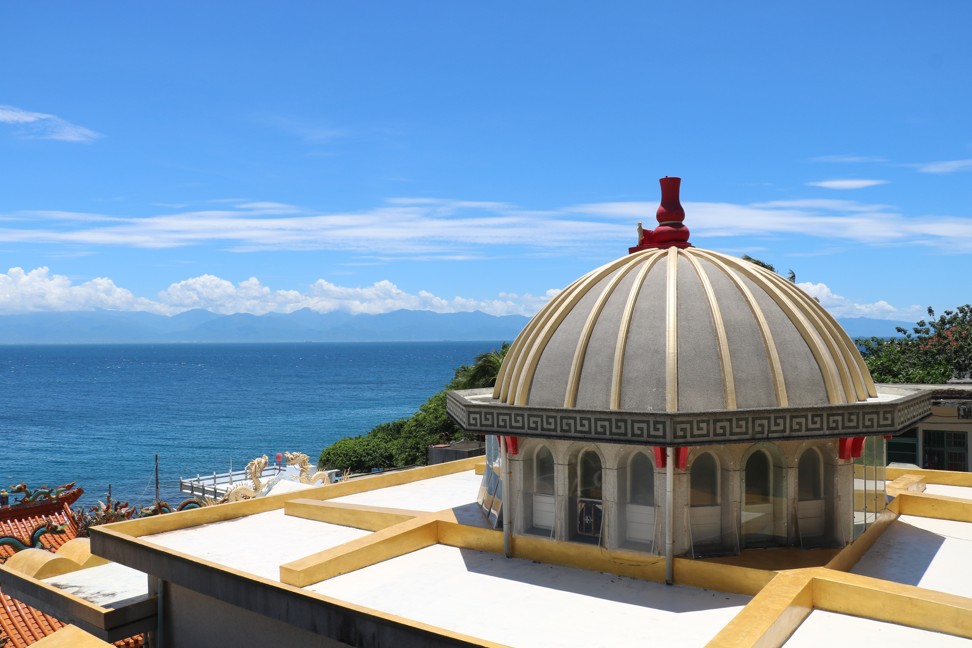
I pick up a free island map at the visitor centre, put on a helmet and set off by scooter along Zhongshan Road, the central “bikeway” that bisects the island. Beginning at the gorgeous seafront Buddhist temple of Lingshan – from where Vase Rock can be seen bursting from the sea like, well, a vase of flowers – the route leads southwest. It passes enormous San Long Temple, the venue for most of the island’s festivals, and Jade Cloud Temple, which is dedicated to Guanyin, the female bodhisattva of mercy. These are the big three but an estimated 70 shrines and temples freckle the island, a reminder that, until tourists began visiting, fishing in the surrounding typhoon-swept shallow sea was the islanders’ economic mainstay.
Black Devil Cave is one of a number of sea caves on the island’s west coast, reached by paths that wind around limestone outcroppings and through coral grottoes, some draped in the aerial roots of fantastical banyan trees. The labyrinthine cave provides insight into the forces forging the island’s geology, with wave and rain erosion carving channels, caves and sea stacks. Two coastal pavilions offer superb views across the strait, towards mainland China.
As my scooter ploughs northwards on Riluo Dadao (“Sunset Avenue”), I spy a sliver of white between the green forest and the crystalline sea. This is Geban Bay, where I find three sun-reddened Frenchmen listening to rock music and sipping Taiwan Beer. One lends me his face mask and a pair of swimming shoes, saying, “It’s rocky and there are urchins but there’s lots to see.”
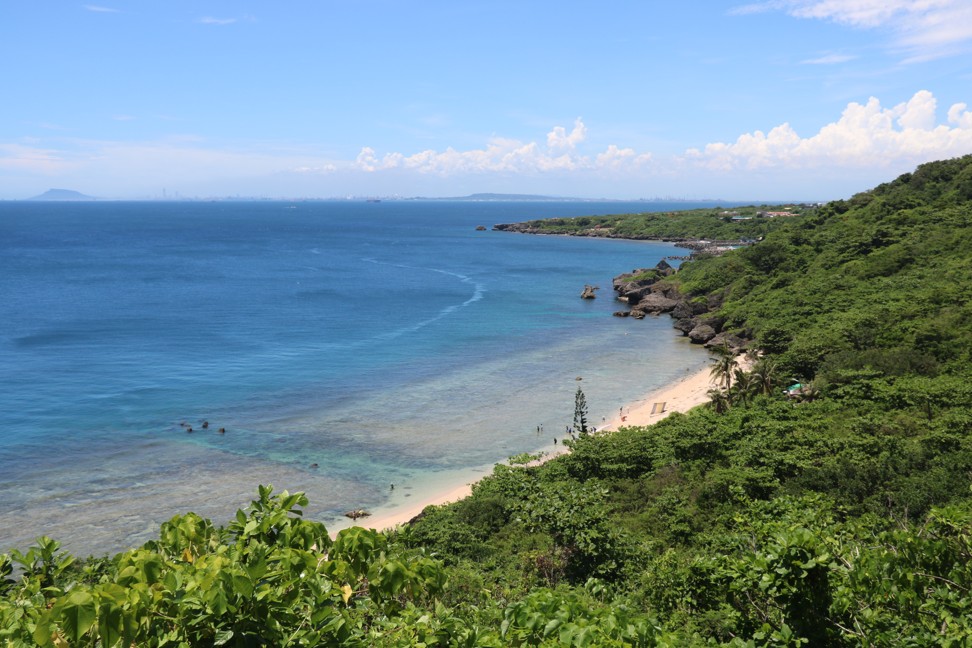
During a brief splash around the corals I encounter a couple of clown fish parading before a magnificent purple sea anemone; an octopus, which darts behind a rock; and a regal seahorse that bobs past my nose, apparently uninterested in the primate floating through its neighbourhood.
Hot wind dries my hair as I motor east, towards two of Liuqiu’s most scenic spots. Pearly white Liouchiou Yu Lighthouse was built in 1929, during the Japanese colonial era, and continues to guide home the island’s fishing boats. Close by is Little Liuqiu’s most sacred banyan tree.
While a lack of rivers and the rocky coral limestone geology have prevented much in the way of agriculture on the island, banyans thrive. According to the tourist blurb, the banyans “are everywhere because their powerful roots can break deep into the coral grounds that contain lots of calcium carbonate”. There are several that are more than a century old and this enormous specimen is venerated above all others because it has “grown so luxuriantly”, according to a nearby plaque. Beside the tree is a small shrine.
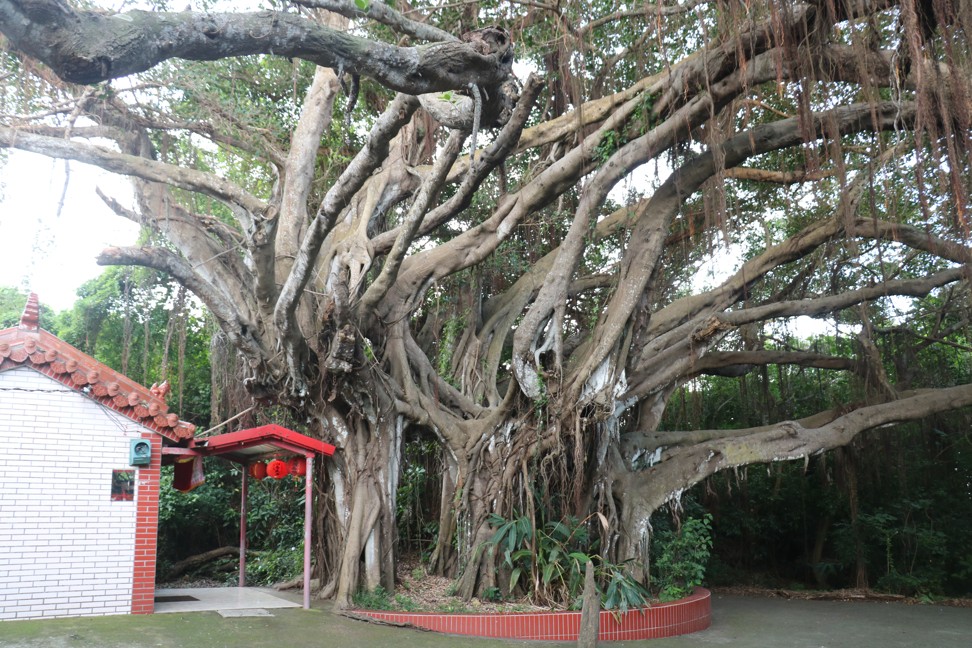
Home for the night is the Liu-Chiu Deluxe Resort Hotel, in truth, little more than a renovated fisherman’s homestay a stone’s throw from the tourist harbour. That evening, seated on its terrace, overlooking a small marina crowded with yachts and with Pingtung’s industrial plants corrupting the horizon, I read up on Liuqiu’s ocean ecology.
The shallow reefs that girdle the island were a byword for overfishing until 2013, when the government introduced serious legislation. The corals have since begun a slow recovery. A particular success story has been the protection of the 200 or so endangered green sea turtles that feed off the coast during the spawning season, which accounts for the turtle soft toys on sale almost everywhere on the island. Conservation efforts include closing particular bays during the hatching season and strictly outlawing killing the animals, which are sought after for the traditional medicine trade and as trophies across East Asia.
Next morning, divemaster Brother Wei leads me off a beach near Shanfu Fishing Harbour, an isolated cove overlooked by gnarled rock formations on the western side of the island. At 15 metres we encounter an array of fish but it’s on our way back that a burst of bubbles suggests Wei has found something special. I swim over and there, chewing on sea grass, is a magnificent green turtle.
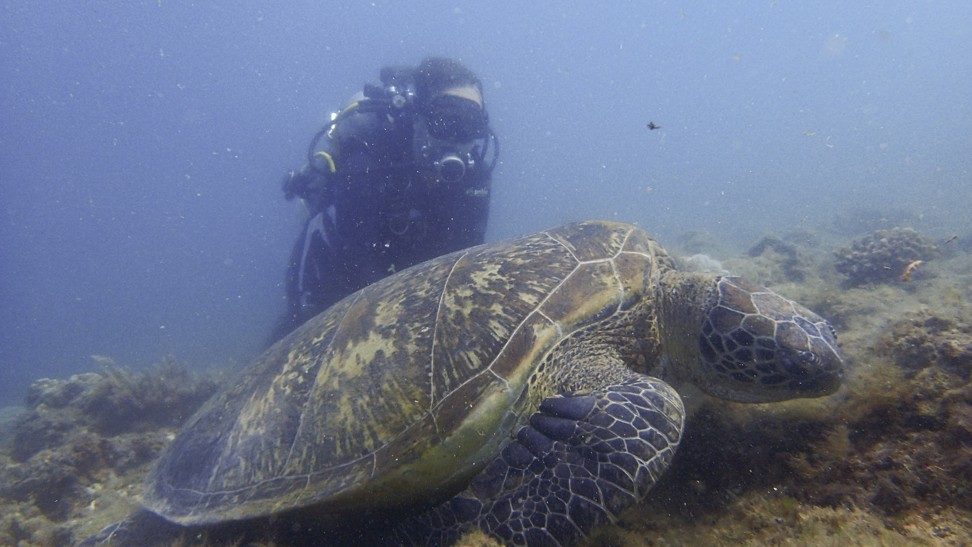
I know from David Attenborough documentaries that these peaceable creatures travel thousands of hungry kilometres from their feeding grounds to their birthplaces to spawn. Perhaps her hunger explains her tolerance of the gatecrashers circling her breakfast table.
My own next meal is in the two-storey Liuxing Restaurant, in Benfu Village. It is packed with a holiday crowd, families feasting on local delicacies such as beehive shrimp, Liuqiu sausages and stewed meat with squid.
Outside, a temple procession passes, giving gongs and drums a thorough bashing. I ask a lady queuing to enter the restaurant whether she knows the name of the green-bearded, demonic-eyed effigy they’re parading.
“Honestly, I couldn’t say,” she says. “There are so many gods around here.”

